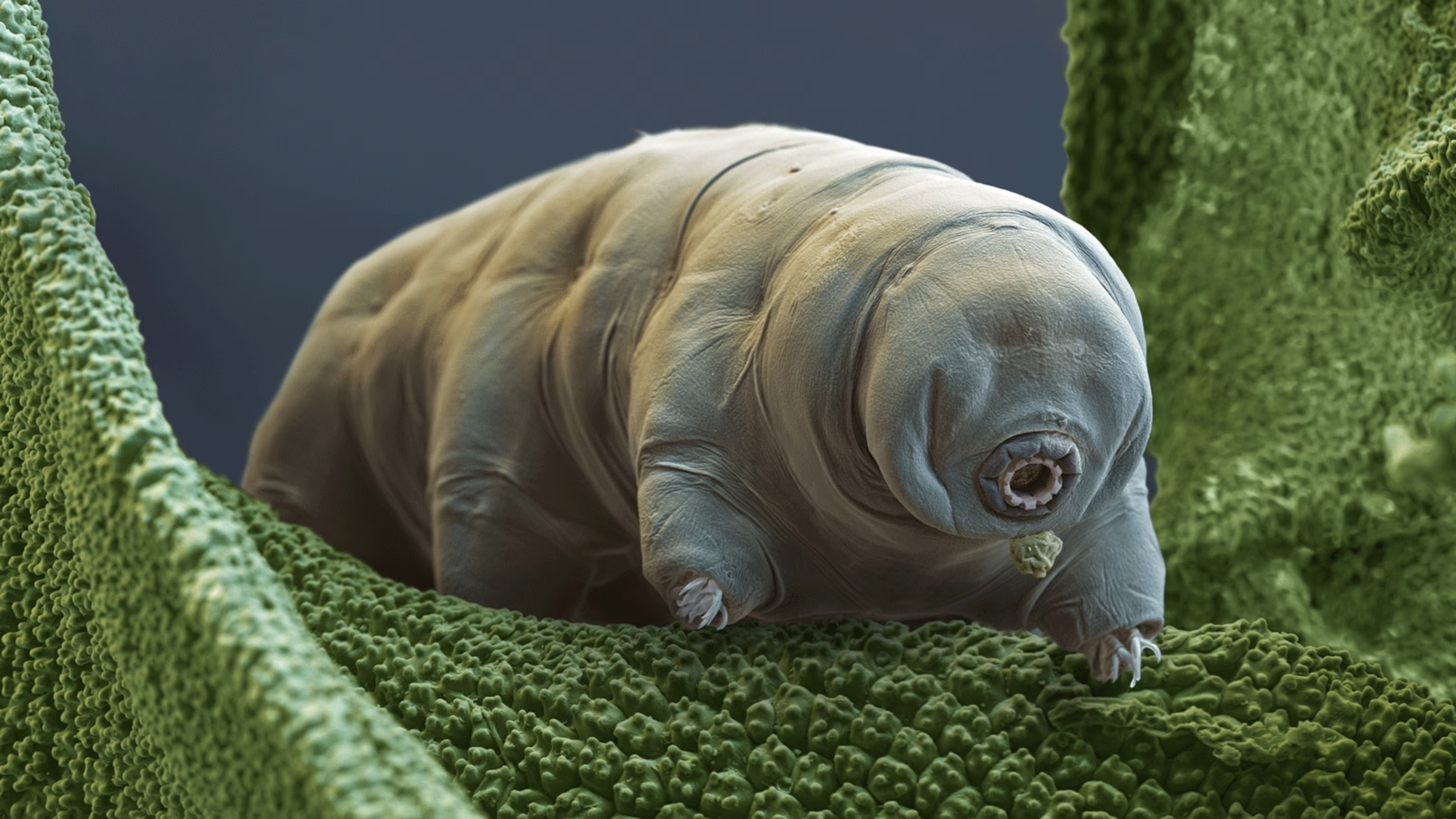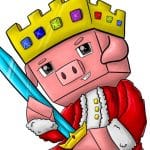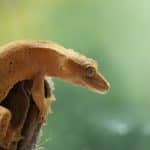Have you ever heard about wombats? They are some of the most interesting animals you’ll find in Australia – not to mention they are among the largest burrowing mammals in the world.
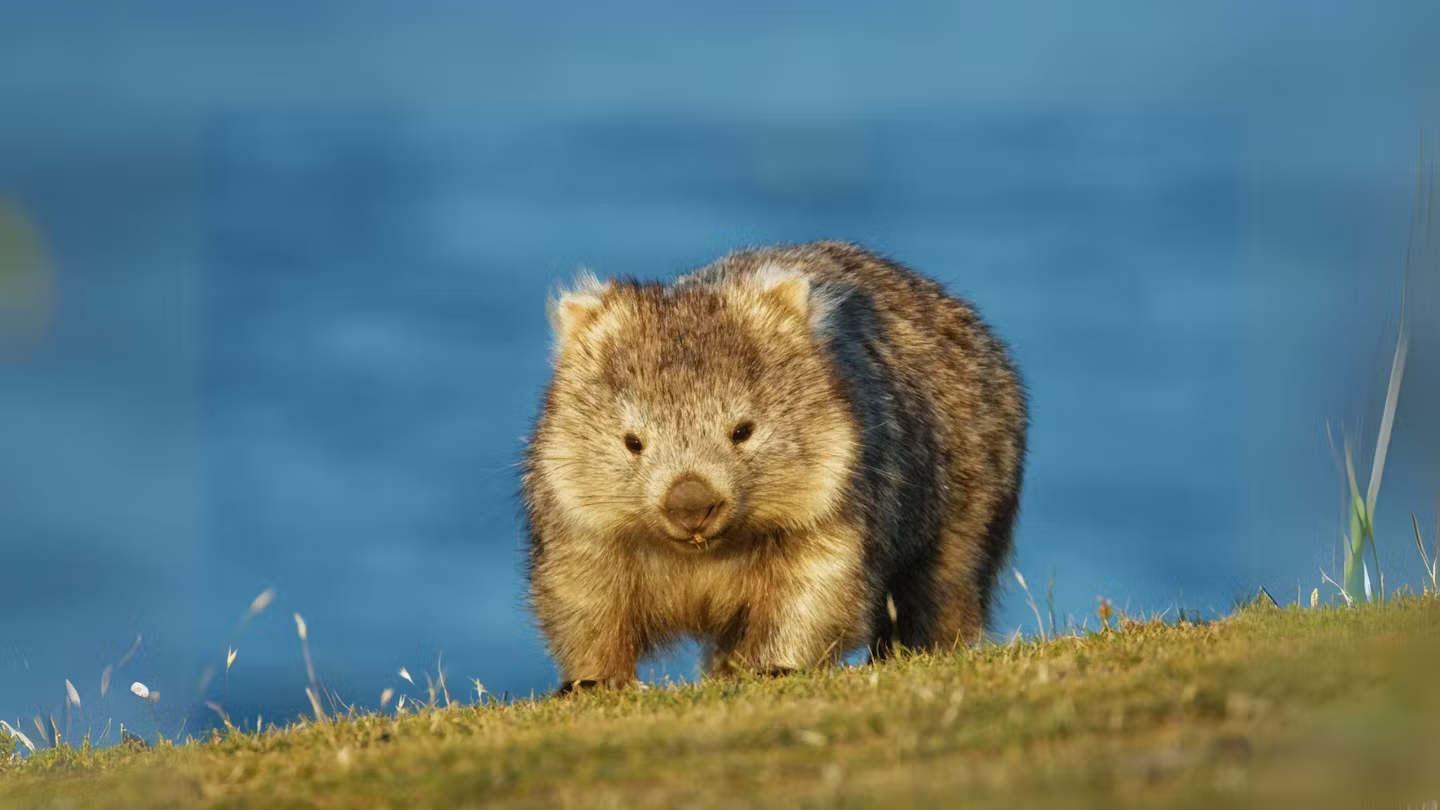
Many people adore them because they look a bit like a tiny bear, which makes you want to watch videos of them all day. But here’s a catch – they’re actually marsupials, which means they’re relatives of koalas and kangaroos.
But if you’re unfamiliar, don’t worry. I’ll share with you everything you need to learn about them.
So, What are Wombats?
Like koalas, wombats are marsupials, meaning they’re a type of mammal with pouches for their babies to grow.
Wombats have sturdy bodies with short legs and big front feet. Their feet have flat claws with five toes, and the back feet have two toes stuck together and a special claw for grooming.

Their fur can be sandy brown or grayish black, which helps them hide from predators and blend into their surroundings.
Did you know that a grown wombat can be as big as a medium dog, about 1.3 meters (4.265 feet) long, and weigh up to 40kg? Amazing, right?
Wombats are burrowing animals native to Australia. They dig and live in big systems of tunnels and chambers, using these burrows for protection from predators. Their burrows also serve as a shelter, providing a cool spot when it’s hot outside and a cozy place when it’s cold.
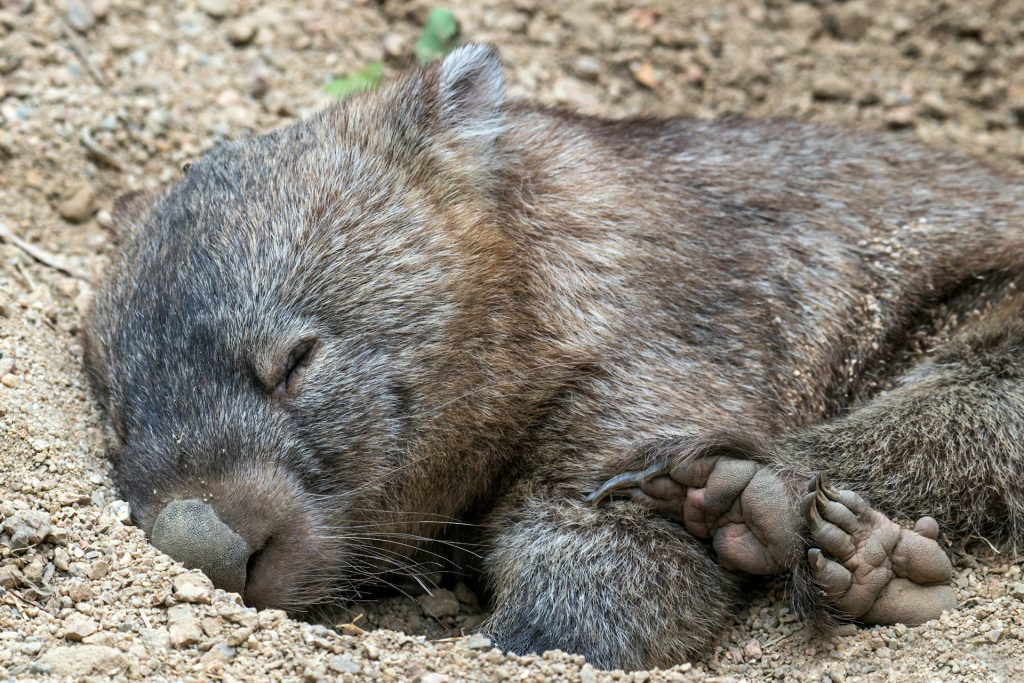
These burrowing animals are usually found in the southeast’s cooler, mountainous, and forested regions, including Tasmania. They also prefer mild-weather areas with enough vegetation to provide both their food and the materials needed for their burrows.
They usually spend their nights looking for food or making new tunnels and doors for their large burrow systems. They eat plants, so they eat grass a lot.
During the day, wombats usually stay in their burrows, but sometimes they come out to enjoy the sun, especially when it’s very cold.
There are three kinds of wombats: the common wombat, the Southern hairy-nosed wombat, and the Northern hairy-nosed wombat. All three types live in Australia, including Tasmania, in different places like mountains, forests, and grasslands.

Interestingly, neither of the hairy-nosed wombats actually has hair on their noses; it is just a bit inside their nostrils.
People often call them strong and sturdy because they are really good at digging with their short, strong legs and sharp claws. They usually move slowly, but they can sprint up to 25 miles per hour (40 km/h) to escape danger on the ground.
Despite their slow appearance, wombats can move quickly when they have to, keeping up their speed for about 90 seconds. Some people have even been knocked over by wombats running fast!
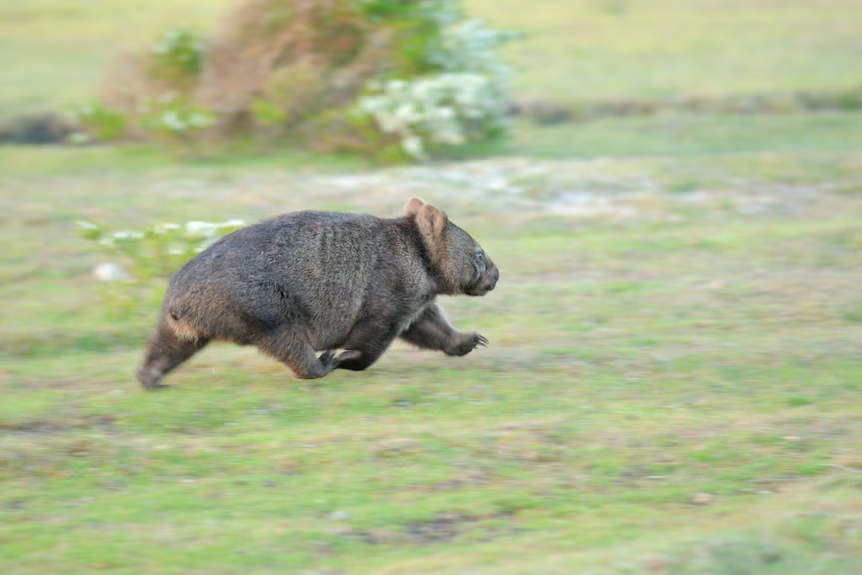
And if you thought wombats couldn’t get any more unique, here’s another fun fact about these adorable marsupials.
Would you believe me if I told you that wombats are the only animals in the world that produce cube-shaped poop?
Yes. You read that right! They have cube-shaped poo! But why cubes? Researchers think they have some answers now.
Scientists believe wombats use their cube poop to mark their area. The cubes don’t roll away, meaning their scent marks stay where they should.
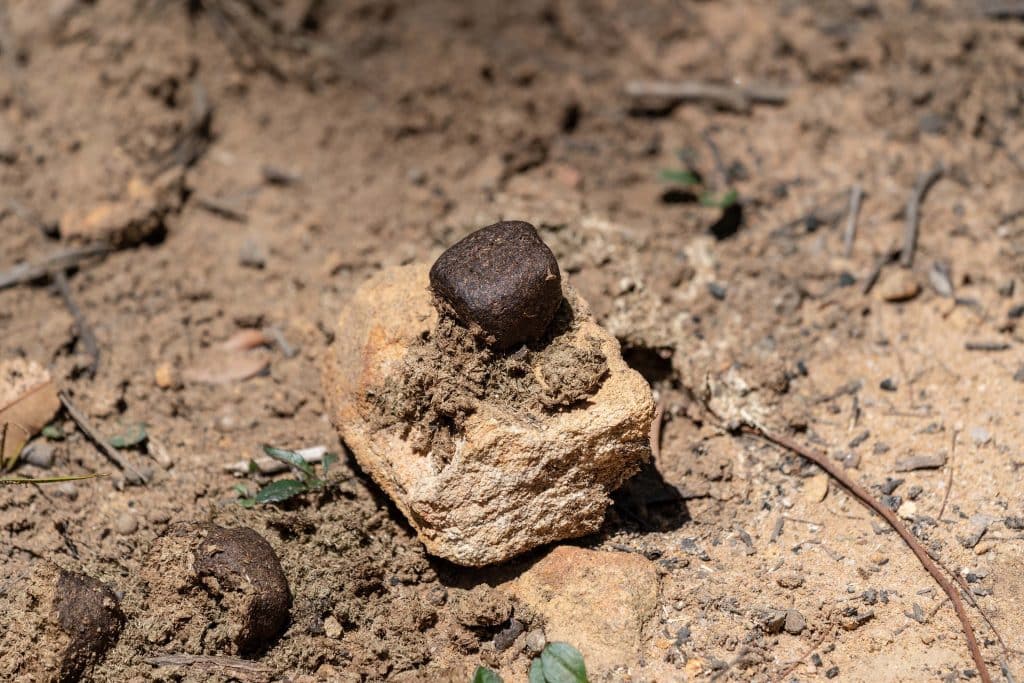
Some also thought wombats might have a square anus or that the poop becomes cubic in their stomach. But that’s not it. What the researchers found was how the wombat’s intestines stretch.
Wombats have long guts, about 33 feet long, which is ten times their body size. Their digestion takes way longer than humans, usually around 14 to 18 days, which makes their poop very dry. This dryness, along with how their guts move, turns the poop into cubes.
As the wombat digests food, the pressure inside helps shape the poop. And because a wombat’s intestines are shaped differently, it affects the poop’s shape.
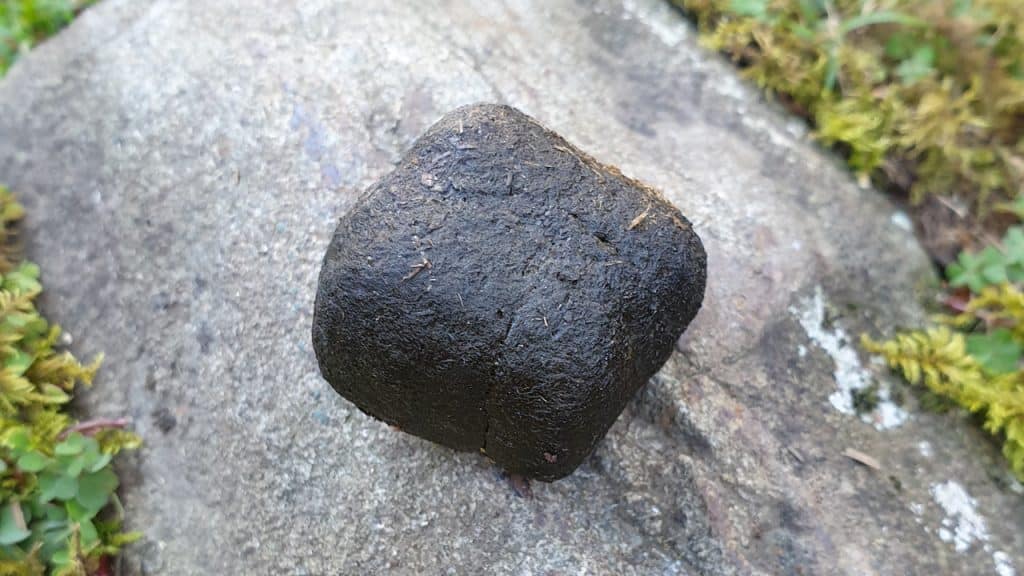
But did you know these aren’t the only fascinating facts wombats are known for?
Australia is known for its weird and dangerous animals, such as poisonous snakes and huge spiders. But there’s one part of its wildlife that doesn’t get much talk: wombats and their super tough bums.
Yes, you heard that right. Wombats have bums as hard as steel!
They use their strong, thick-skinned bums for protection. It consists of four plates stuck together, plus cartilage, fat, skin, and fur.
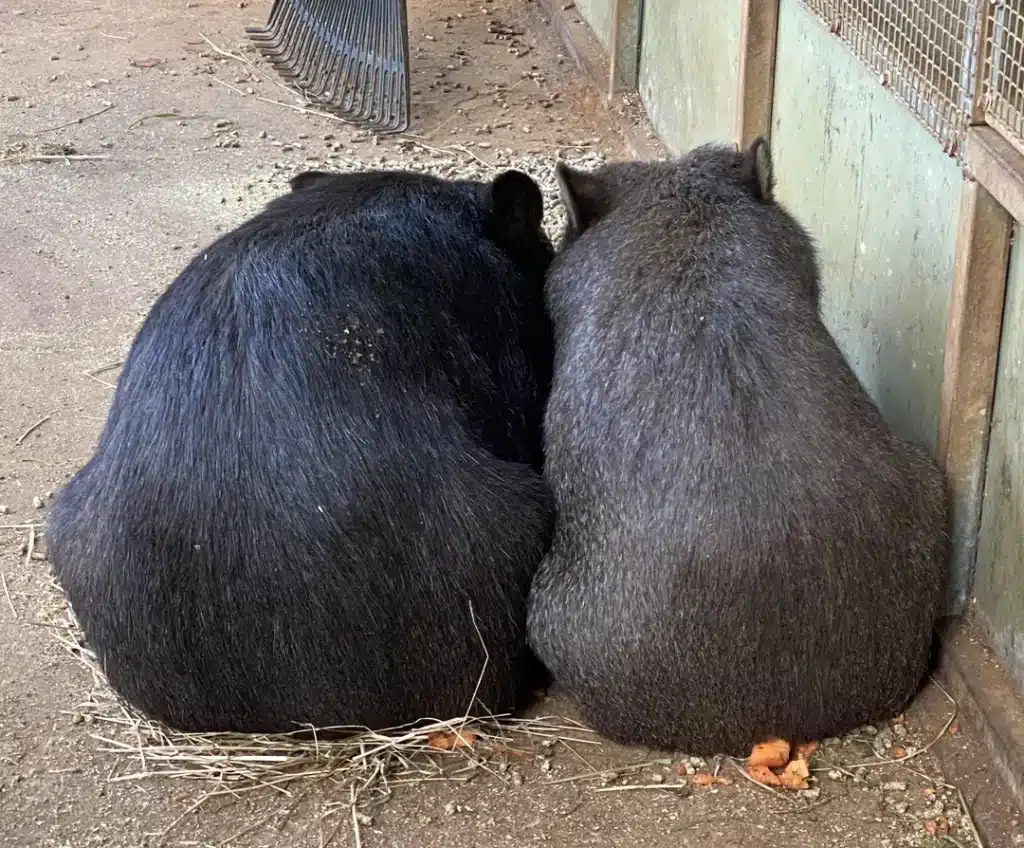
Alyce Swinbourne, an expert in wombat bottoms from the University of Adelaide, says wombats block their burrows with their bums to keep predators out and protect the softer parts of their bodies.
What’s more, the special body structure of the wombats also helps them stay safe from other dangers. Despite having big teeth and claws, they mainly defend themselves with their hard bums.
If they feel threatened, they run to their burrow and can actually crush a predator’s head between their bum and the burrow’s ceiling.
When in danger, wombats head to their burrows, using their backsides to block the entrance and keep their heads safe from attacks. If a predator foolishly follows inside, the wombat might end up crushing its skull against the tunnel’s roof with its bum.
Awesome, right?
Now, before I end this post, I’ll share more fun facts about wombats.
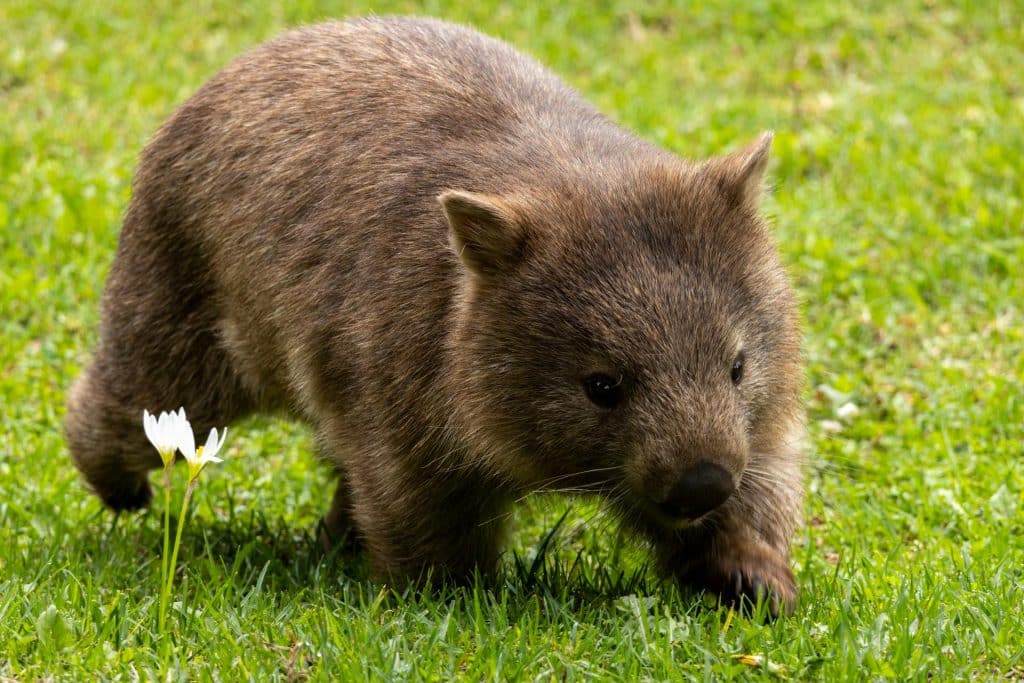
Did you know that a group of wombats is called a ‘wisdom of wombats,’ a ‘mob of wombats’, or a ‘colony of wombats’?
The word ‘wombat’ itself comes from the Darug language, which was spoken by the original people of Sydney.
It might surprise you, but wombats can actually jump! There are stories of them hopping over fences that are more than a meter tall.
And lastly, October 22nd is a special day called World Wombat Day. It’s a time when people celebrate these awesome animals from Australia.
Have you ever seen a wombat? Do you know any interesting wombat facts? Comment below!



